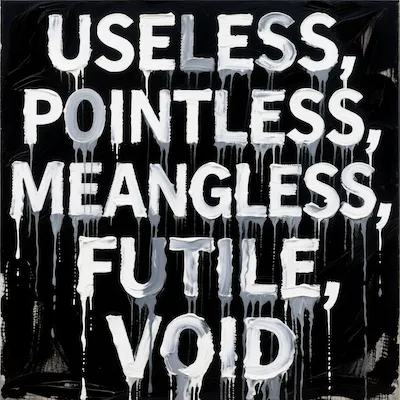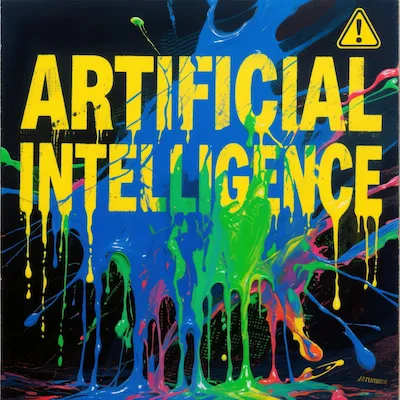Qwen-Image
August 7th, 2025
Qwen has been releasing open source models at a ridiculous pace. Their latest is Qwen-Image: a 20 billion parameter image generation model with a permissive Apache 2.0 license. I’m not particularly drawn to AI art, but as this is Qwen’s first attempt at an image generation model, I thought I’d try it out.
The standout feature of this model is text rendering. Qwen-Image was intentionally designed with “complex text rendering” as a priority. The training data contained billions of image-text pairs… and after trying it I would say that it shows!
You need a lot of VRAM to run this model locally. The quickest way I found to try it is through their web interface at chat.qwen.ai. Click on “Image Generation” and start prompting, no sign-up required.
What has me more intrigued is an editing model they’ve teased for a future release. It will apparently support a suite of image understanding tasks, including object detection, semantic segmentation, depth and edge (Canny) estimation, novel view synthesis, and super-resolution. Now that has my attention.
Until then, here are some of my Qwen-Image generations:


